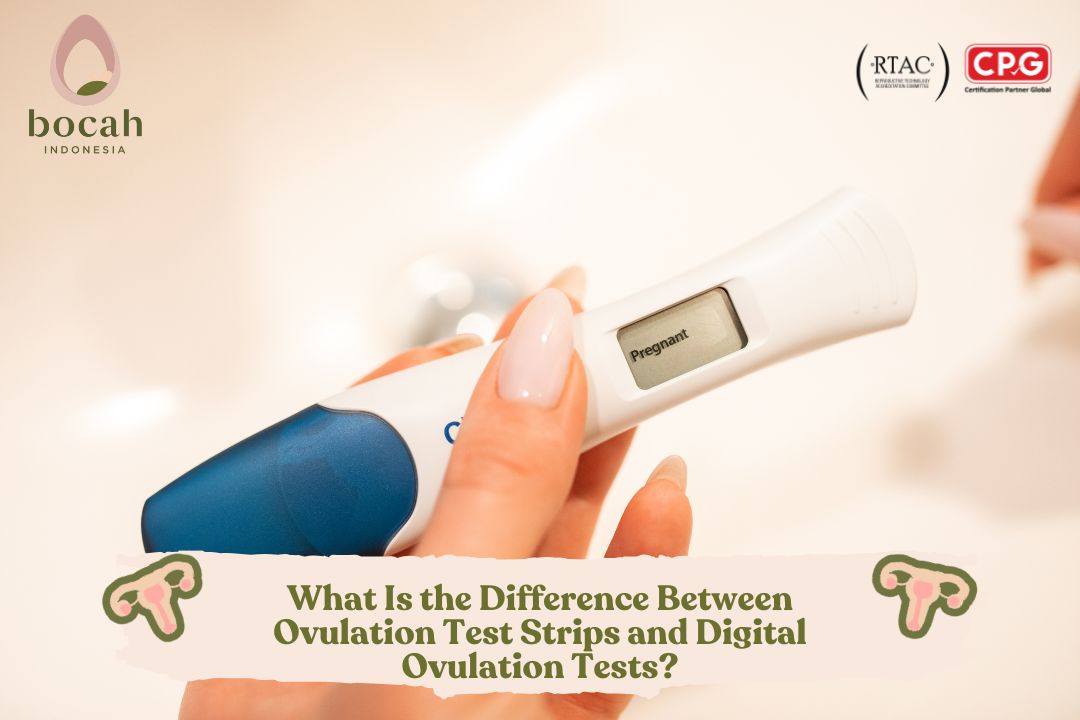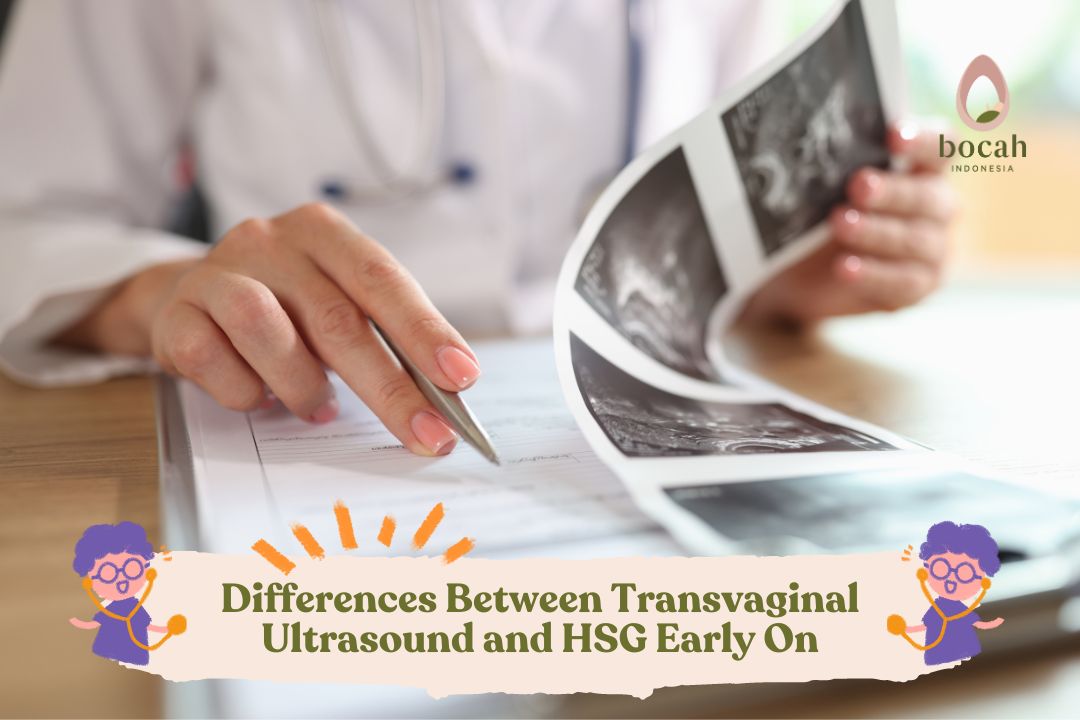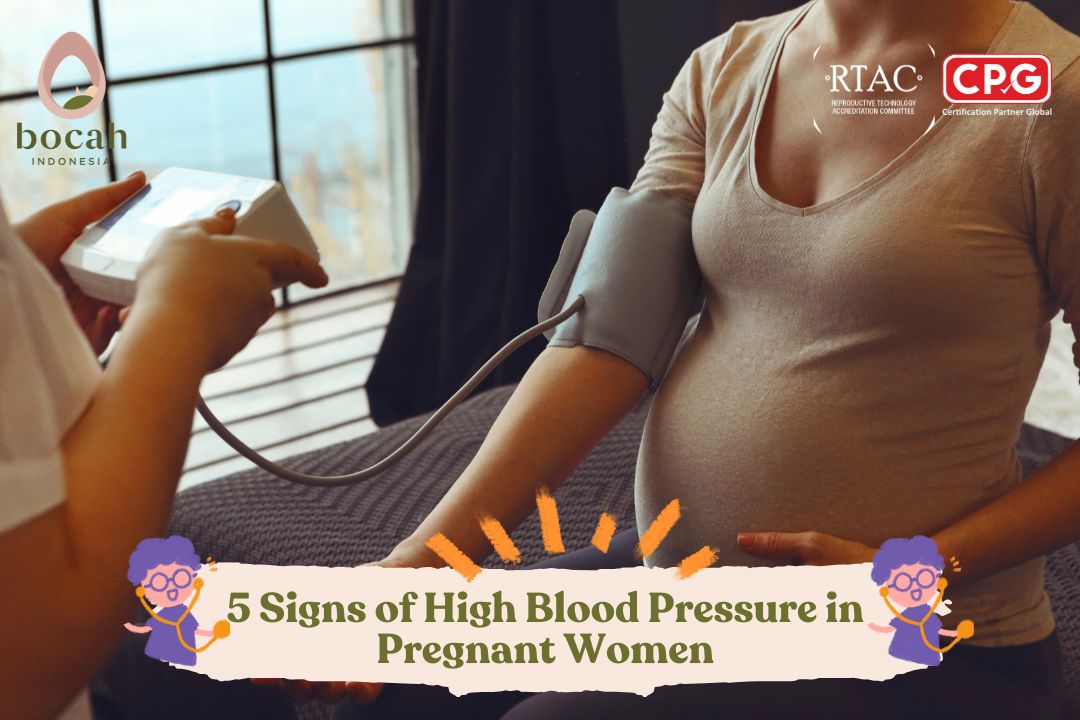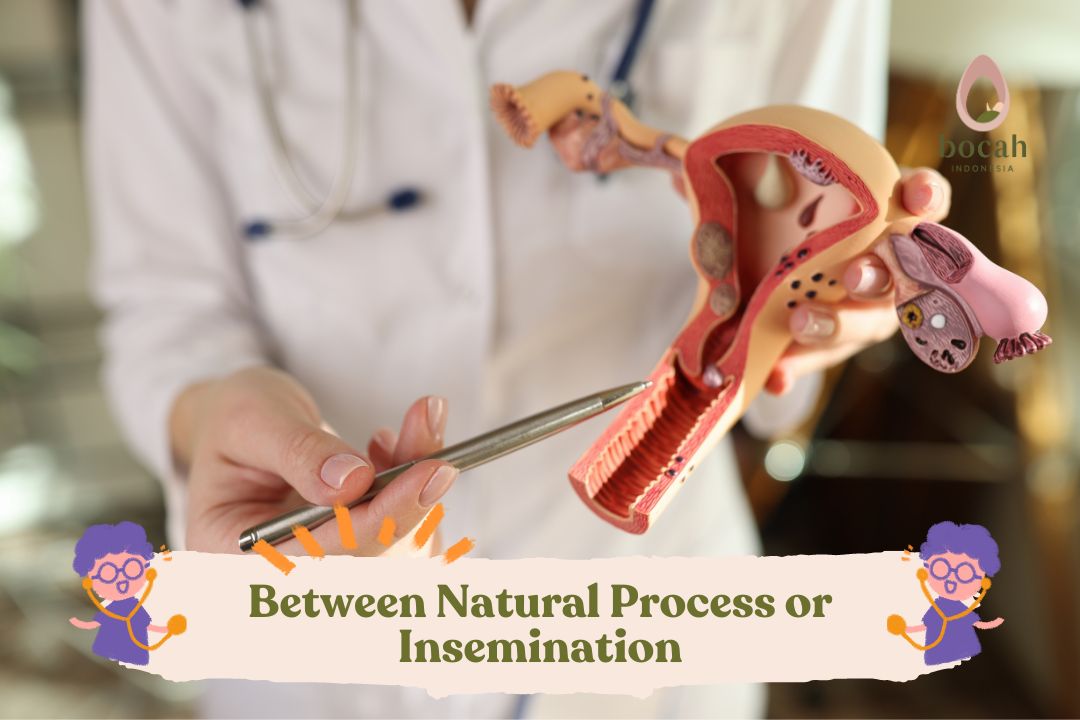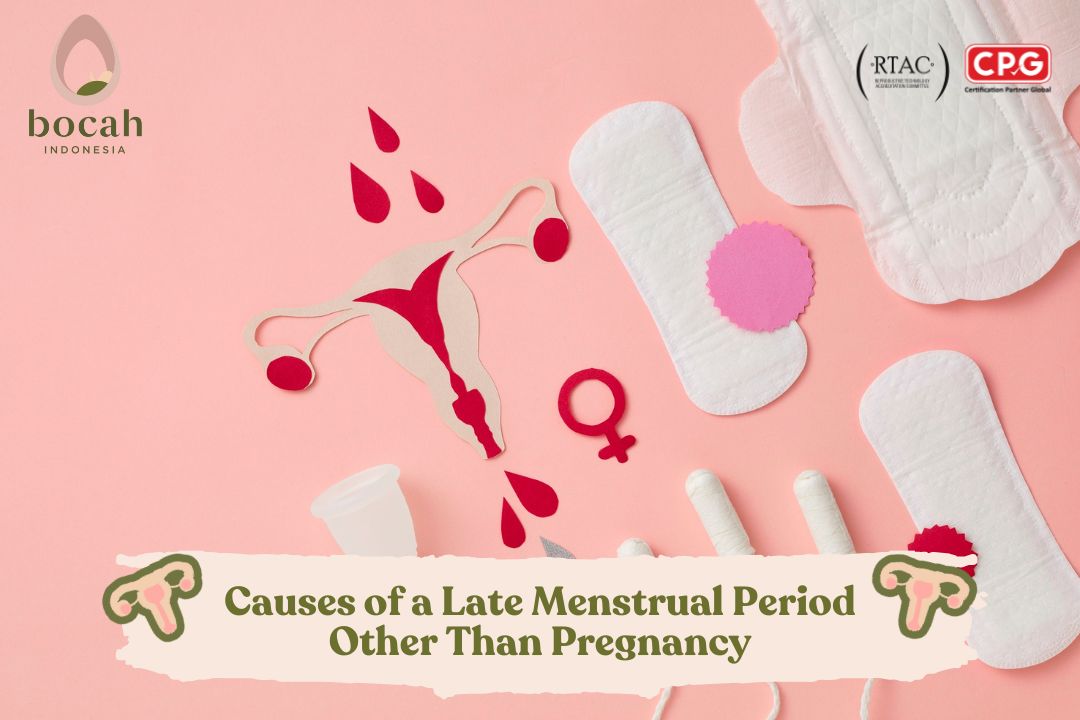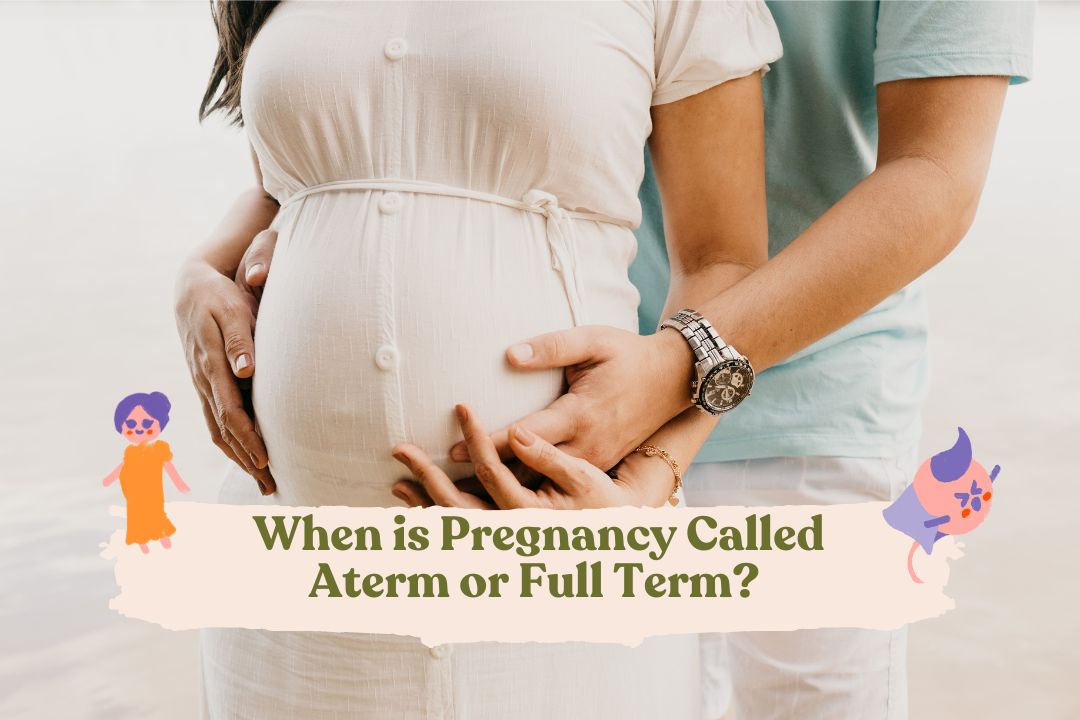Here’s the Difference Between Menstrual Blood and Implantation Bleeding
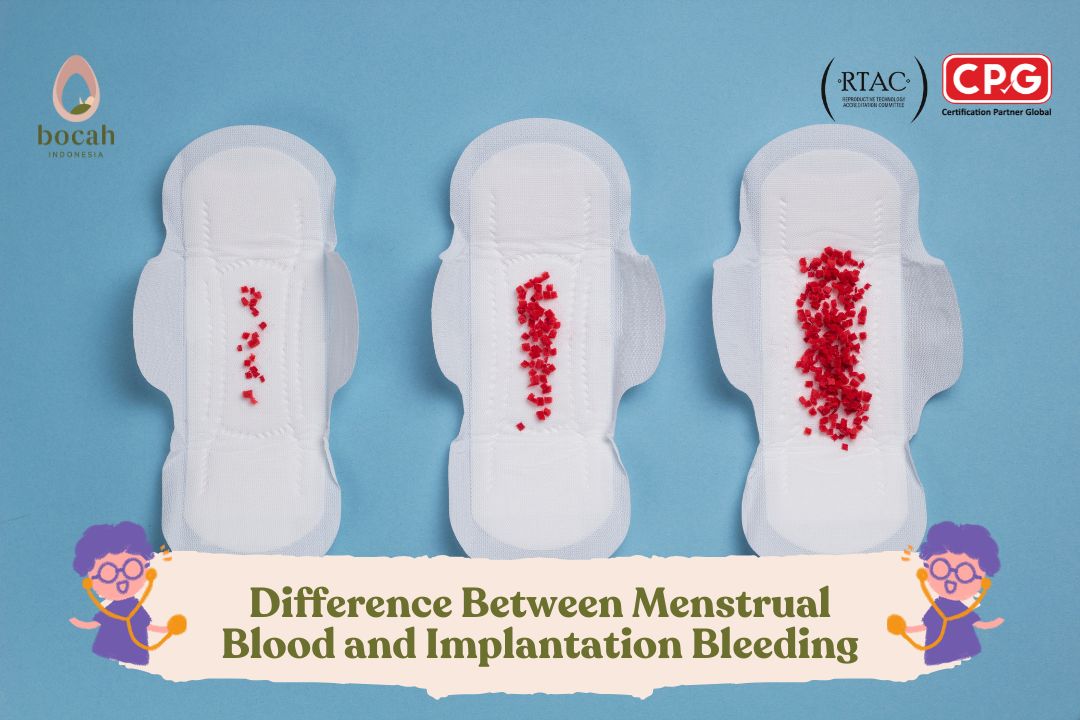
To determine whether you’re truly pregnant, learn the six key differences between menstrual bleeding and implantation bleeding here.
Some women experience light bleeding in early pregnancy, known as implantation bleeding. This usually occurs when the fertilized egg attaches to the uterine wall. Since the symptoms often resemble menstruation, it can be confusing to tell them apart.
However, menstrual blood and implantation bleeding are, in fact, different. Understanding this distinction is important to help you better recognize early signs of pregnancy. Find out the differences here!
Differences Between Menstrual Blood and Implantation Bleeding
If you’re trying to distinguish between a period and early pregnancy bleeding, here’s a detailed explanation:
1. Blood Color
Menstrual blood typically starts bright red and gradually darkens to deep red or brownish-black. The darker color occurs because the blood has been retained longer inside the uterus.
Tanya Mincah tentang Promil?
In contrast, implantation bleeding tends to be pinkish or dark brown. The volume is minimal, and the blood hasn’t been retained for long inside the uterus.
2. Blood Volume
Menstrual bleeding is usually moderate to heavy and can soak through pads relatively quickly. It increases in volume and can last several days.
Implantation bleeding, on the other hand, is very light—often just spotting or a few drops. You may only notice slight staining on your underwear or pad.
3. Timing of Bleeding
Menstrual bleeding typically follows your regular cycle, occurring around the same time each month. It lasts about 2 to 7 days.
Implantation bleeding usually happens 10 to 14 days after ovulation or fertilization. Although it may appear around the time of your expected period, if it’s due to pregnancy, you will not have a period in the following month.
4. Duration of Bleeding
Menstrual bleeding lasts longer—typically 3 to 7 days—and is continuous, often increasing in intensity.
Implantation bleeding is brief, lasting 1 to 3 days, and may stop and start again. This shorter and inconsistent pattern is a key feature of implantation bleeding.
5. Blood Texture
Menstrual blood often includes clots or tissue, which result from the shedding of the uterine lining.
Implantation bleeding is usually light and doesn’t contain clots or tissue, as it is not caused by uterine shedding.
6. Accompanying Symptoms
Menstrual cramps are often more intense and can last several hours to days due to uterine contractions expelling the lining.
Implantation cramps, however, are typically mild and short-lived, lasting only a few hours. These cramps result from the embryo embedding into the uterine wall and don’t cause strong uterine contractions.
In addition to cramps, menstruation may also be accompanied by mood swings, increased appetite, and fatigue—caused by hormonal changes during the menstrual cycle.
Implantation bleeding, on the other hand, is often accompanied by early pregnancy symptoms such as nausea (morning sickness), frequent urination, breast tenderness, and cravings. These symptoms are caused by hormonal changes triggered by pregnancy.
It’s important to note that implantation bleeding is very light and may happen around the same time as your expected period. However, if it’s implantation bleeding, you will not have a regular period in the following month.
Signs You May Be Pregnant
If you’re actively trying to conceive and unsure whether you’re experiencing implantation bleeding or a period, it’s best to use a pregnancy test (test pack) first. If the result is positive, follow up with an ultrasound to confirm the pregnancy.
An ultrasound can provide a clearer picture of whether a pregnancy is developing inside the uterus or if there’s another condition that needs attention.
If you’ve already tested positive for pregnancy, an ultrasound can typically be performed around 6–7 weeks of gestation (about two weeks after a missed period). At this stage, the ultrasound can detect a gestational sac and the baby’s heartbeat.
If the ultrasound doesn’t show a gestational sac or reveals irregularities, your doctor may recommend further examinations to determine the cause. Possibilities include an ectopic pregnancy (outside the uterus) or an incomplete miscarriage.
For couples undergoing fertility programs, it’s important to follow medical advice and seek clarification about any concerns during the process. Don’t hesitate to ask your doctor detailed questions until you fully understand your condition.
If you notice any unusual symptoms or changes, consult your healthcare provider promptly for proper evaluation and management. The journey to pregnancy can be challenging, but with the right medical support and clear understanding, you and your partner can navigate it more smoothly.
Source:
- Lohner, et al. (2022). Vaginal Injuries After Consensual Sexual Intercourse – A Survey Among Office-Based Gynecologists In Hamburg, Germany. Forensic Science, Medicine, and Pathology, 18(3), pp. 352–358.
- Cleveland Clinic. (2022). Symptoms. Vaginal Bleeding.
- Cunha, J.P. Emedicinehealth. Implantation Bleeding vs. Period.
- Flo Health (2023). Signs of Pregnancy. Implantation Bleeding Vs. Period Bleeding: How Can You Spot The Difference?
- Christiano, D. Healthline (2023). What Causes Menstrual Clots and Are My Clots Normal?
- Lewis, R. Healthine (2023). Sexual Health. How to Tell the Difference Between Implantation and Period Bleeding.
- Stöppler, M.C. & Sruthi, M. MedicineNet (2024).Spotting vs. Period: How to Tell the Difference.
- Menstrual Induction Medications to Treat Irregular Periods - 19/12/2025
- Magnesium Deficiency, Does It Affect Fertility? - 12/12/2025
- How to Treat Infections of the Fallopian Tubes - 05/12/2025


